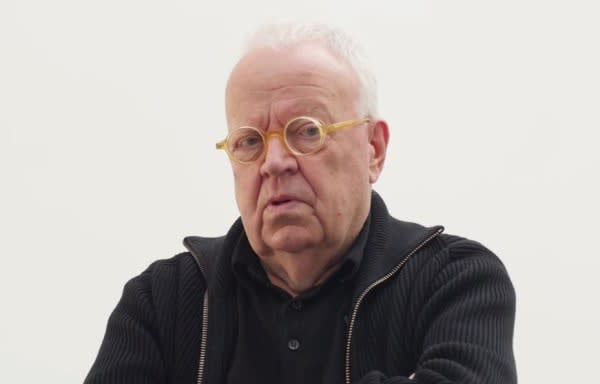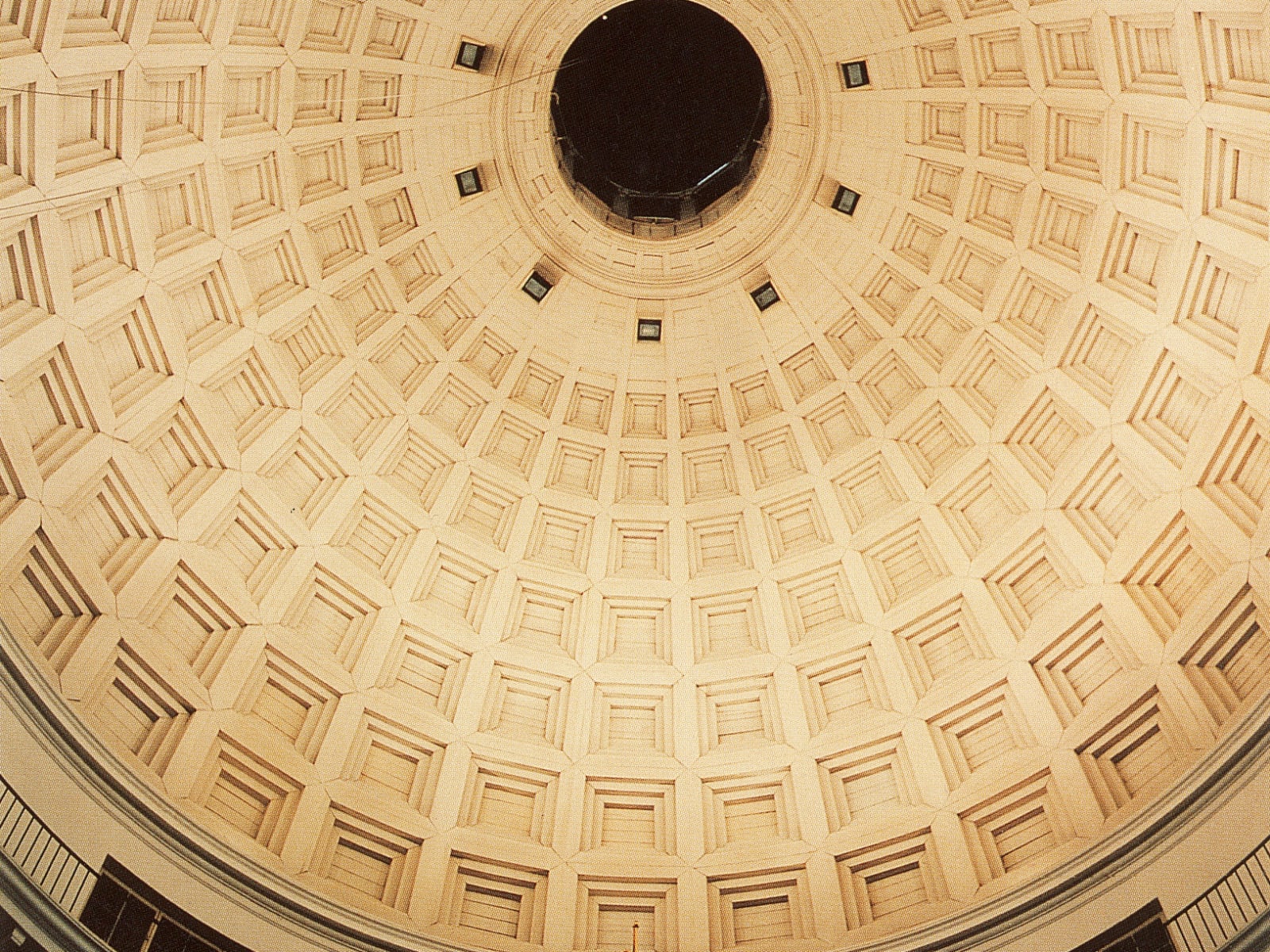Jan Dibbets
"Not all painters are artists and not all photographers are artists either. Photography is too often about “what” when “how” is the interesting question … every photograph is a lie. It doesn’t represent anything.
Therefore it is both real and abstract. Photography is very easy and very complicated at the same time."
Jan Dibbets was born in Weert, Holland in 1941. Initially he trained as an art teacher at the Tilburg Academy and between 1960-63 studied painting in Eindhoven. In 1967 he travelled to London on a British Council scholarship and enrolled at Saint Martin's School of Art, on the course taught by the late Antony Caro, where he met and worked alongside a radical group of students which included George Passmore (of Gilbert & George), Barry Flanagan and Richard Long.
Since his time at St Martin’s, Dibbets has consistently sought to challenge the traditional boundaries of artistic practice. Whilst art historians and curators have sought to catagorise his work - photography, land art, conceptual art - he eludes all of these. At the heart of his work is the camera, but not in any traditional sense. He has never been interested in the camera simply as a tool for making images and is most certainly not a photographer. He was one of the first artists to make use of colour photography, the camera acting as a vehicle for exploring images of landscapes and seascapes collaged together to create illusory 'horizons'; later he incorporated architectural elements, cupolas and windows, as well as colour studies,- into his highly individual body of work.
On one level Dibbets’ work touches on themes which have preoccupied artists for centuries - perspective, light, time; similarly with his choice of subject matter - land, sea, colour and architecture. However, to understand Dibbets’ work, one must first appreciate that these are not the ‘subjects’. He has never photographed the sea or a window simply for their aesthetic qualities. They and the camera are the conduit for a far more complex set of ideas about the nature of representation itself. In 1997, Dibbets began work on a long-term project to create an ongoing series of photographic portfolios, each one dedicated to a specific subject within his repertoire. Consistent in size and format, each set contains 10 images and to-date these have included Windows, Colour Studies, Land, Sea, Leaves, Stones and Water.
One of the first in the series was Ten Cupolas, which has gone on to become one of the artist’s defining works in any medium. Whereas Dibbets’ unique works are often complex compositions comprising photographs cut, collaged and combined with paint and graphite drawing, these portfolios represent a more distilled insight into the very heart of his practice. They are both an exercise in documenting his own source material, but also - and more importantly - another means of presenting his recurring motifs. Intended to be hung and viewed together, the suite is as much a study of geometry and perspective as it is a collection of different cupolas.
Dibbets’ work has been the subject of numerous international museum exhibitions and examples are housed in major public collections around the world including Museu Serralves, Porto; Louisiana Museum of Modern Art, Denmark; Hamburger Kunsthalle, Germany; Stedelijk Museum, Netherlands; Walker Art Gallery, Liverpool; Tate, London; Museum of Modern Art, New York; Solomon R. Guggenheim Museum, New York.
David Cleaton-Roberts, 2021
Please view the works below and contact sales@cristearoberts.com if you would like to receive prices or require any further information. As the gallery is currently closed to the public, we are not able to answer telephone enquiries for these works.
A series of 10 photographs contained within a portfolio designed by the artist
Each photograph measures 60.0 x 60.0 cm
Portfolio measures 64.0 x 64.0 cm
Edition of 60
Available for purchase as a set. Click on each work below to find out more.

